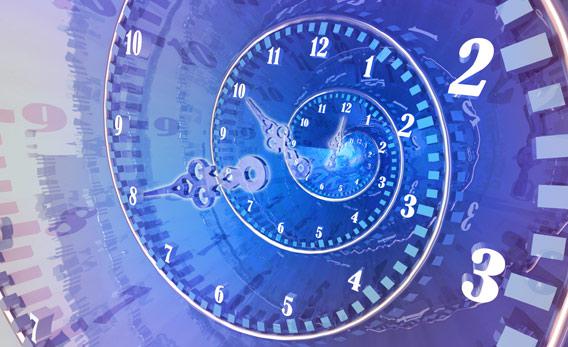The world’s “time director,” Felicitas Arias, runs the time department at the International Bureau of Weights and Measures in Paris, France. In the interview below, she explains why we need to fundamentally change the way we measure how time passes.
Next month there will be a vote on whether to fundamentally change the world’s time standard. Why?
Coordinated universal time (UTC) is the time scale used all over the world for time coordination. It was established in 1972, based on atomic clocks, and was the successor of astronomical time, which is based on the Earth’s rotation. But since the atomic time scale drifts from the astronomical one, 1-second steps were added whenever necessary. In 1972 everybody was happy with this decision. Today, most systems we use for telecommunications are not really happy with these “leap” seconds. So in January member states of the International Telecommunications Union will vote on dropping the leap second.
How are leap seconds added? Sounds tricky
You need to force your clock to accept one more second in a minute. When the clock beats the 59th second, it is stopped for 1 second. That means that the clock says 58, 59, 59 and then it passes to the first second of the next minute.
What’s the problem with leap seconds? Have there been any disasters as a result of them?
No, but this doesn’t mean we should not care. For example, it is vital for global navigation satellite systems such as GPS to have a continuous time scale, not UTC with its leap seconds. That means there is a 15-second difference between UTC and the time GPS uses. Someone who is unaware of this could make a tragic mistake in some applications—when landing an aircraft, for instance. This could happen. And a 1-second difference in the communication between stock exchanges could provoke a gain or loss of millions of dollars.
We are using a system that breaks time. The quality of time is continuity. This is why a majority in the international community want to change the definition of UTC and drop the leap second.
But not everyone is in favor of the change.
There is some passionate opposition, especially about the fact that the link between international time and astronomical time will be lost because, little by little, they will diverge. Yet even today we are not living exactly on astronomical time—where noon is when the sun is directly overhead.
If you take into account national time zones, people in the U.K. can be shifted up to 2½ hours from astronomical time. In France it’s 3 hours. The 1-minute difference we will see in about 100 years due to the dropping of the leap second is nothing in comparison.
In the future, when there is a big divergence between the astronomical time scale and the atomic one, won’t an adjustment be needed?
It was agreed some years ago that we should not think of any kind of adjustment in the near future, the next 100 or 200 years. In about the year 2600 we will have a half-hour divergence. However, we don’t know how time-keeping will be then, or how technology will be. So we cannot rule for the next six or seven generations.
This article originally appeared in New Scientist.
